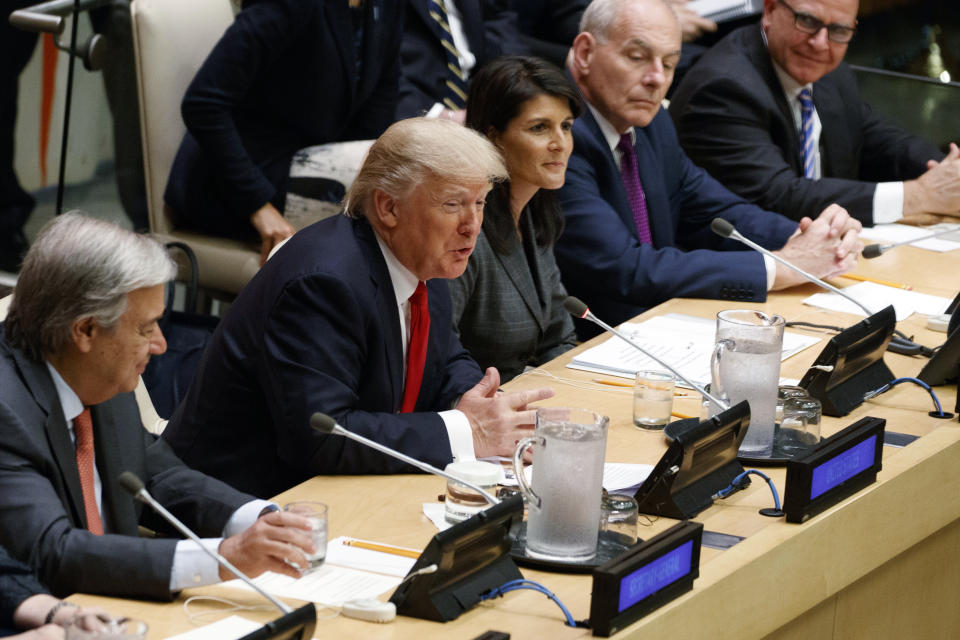Housing, Trump, and the Fed — What you need to know in markets on Tuesday
After starting off the week on a positive note, markets will look to build on this momentum on Tuesday amid a busy schedule for markets and political headlines.
Highlights should include President Donald Trump’s remarks before the UN General Assembly in New York, while investors will get data on housing starts in August in the morning while the Federal Reserve kicks off its latest two-day policy meeting in Washington, D.C.

The Fed will release its latest monetary policy decision at 2:00 p.m. ET on Wednesday, with investors expecting the central bank to keep interest rates unchanged and announce a plan to begin paring down the size of its $4 trillion balance sheet.
On Monday, the Dow and S&P 500 both hit new record highs, with the Dow adding 63 points to close at 22,331 and the benchmark S&P rising 3 points to close at 2,503. The tech-heavy Nasdaq closed just six points off its record high after hitting an intraday record during Monday’s session.
The US dollar’s future
Something that a lot of citizens and lawmakers take for granted, or may not even really understand, is the U.S. dollar’s status at the world’s reserve currency.
What this means, in its most basic terms, is that when commerce happens internationally it is almost always done in the form of U.S. dollars. This creates a constant demand not just for dollars but dollar-denominated assets, often U.S. Treasury securities which are considered the safest financial assets in the world and also extremely liquid, meaning they can be converted into cash without hassle.
The dollar’s primacy in global commerce affords U.S. markets and the government a number of advantages, but a key one is that dollars remain perpetually in demand. Now, this does not necessarily mean the value of the dollar relative to other currencies won’t go up or down. It simply means that the dollar’s status as a facilitator of commerce creates demand for assets that are priced in dollars.

But in a note to clients on Monday, Carl Weinberg, chief economist at High Frequency Economics, sketched out why the dollar’s reign at the top of the financial food chain may not be as entrenched as current consensus believes. Which is to say, few people doubt the dollar’s reserve currency status will remain in place for the foreseeable future.
Specifically, Weinberg notes that Russia has begun accepting Chinese yuan in exchange for oil sent to China, a change from this deal being previously settled in dollars. And while this may seem like a small shift, Weinberg attributes some of this year’s slide in the dollar’s value to this changing landscape for the greenback.
“The prospect of the world’s largest importers and exporters of oil pricing and trading crude in yuan is a big dollar-negative,” Weinberg writes.
“If oil trade moves to yuan, it will mean a potential loss of $800 billion per year in U.S. dollar transactions, and a similar reduction of $800 billion in re-cycling of petro-surpluses into U.S. dollar assets. That is not a pretty picture for either the dollar or U.S. securities in the longer term.”
Just something to keep an eye on.
—
Myles Udland is a writer at Yahoo Finance. Follow him on Twitter @MylesUdland
Read more from Myles here:


